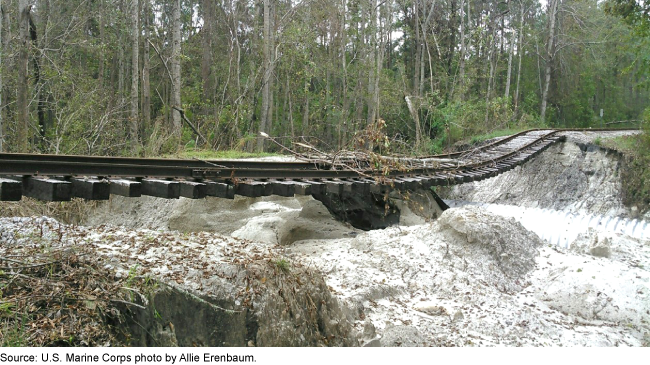- Reaction score
- 7,348
- Points
- 1,160
Available or not, if I'm reading the description properly, roughly 1Kw is fairly small and won't power a whole lot (less than an electric kettle), and it seems the heat is created by exhaust recovery. It might be enough to warm your water but I'm not sure it would have the electrical capacity to pump it around.
1 kW is 1000 Watts
A light bulb (old style is 60 Watts and most of the LED replacements are about 10 Watts)
A microwave oven is on the order of 1000 Watts but it is only used for a few minutes a day.
A refrigerator consumes at the rate of 350 to 800 Watts.
The average Alberta home uses about 600 kilowatt hours (kWh) of electricity each month.
24 hours per day for 31 days 744 hours so a 1 kW unit would suffice to meet the electrical demand of a single house exclusive of the heating requirement. 744 kWh is equivalent to 2.7 GJ
Assuming a 33% electrical efficiency then the fuel consumption would be around 8.1 GJ per month with 5.4 GJ emitted as heat and waste gas.
Assuming 90% heat recovery then on a monthly basis you would be harvesting 4.5 GJ or 54 GJ per year.
In Alberta, the average household uses 110 GJ of natural gas per year, comprising about 77% of total energy consumption (including electricity, natural gas, ...
One 1 kW unit would supply your total electrical requirements and 50% of your heating requirements. I would likely opt to keep my gas fired furnace although you could also install two or three 1 kW units for extra capacity and redundancy.
....
There is enough energy there to work with.





